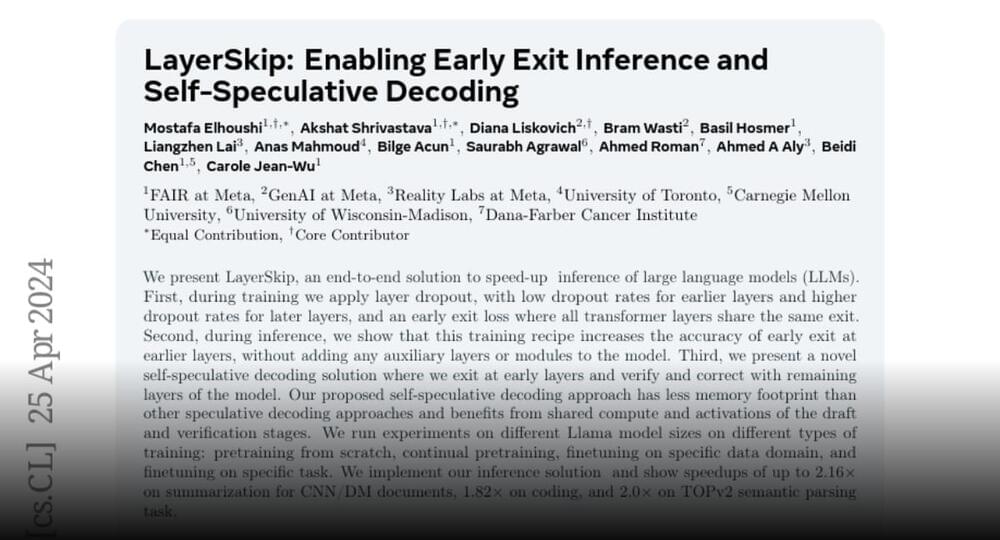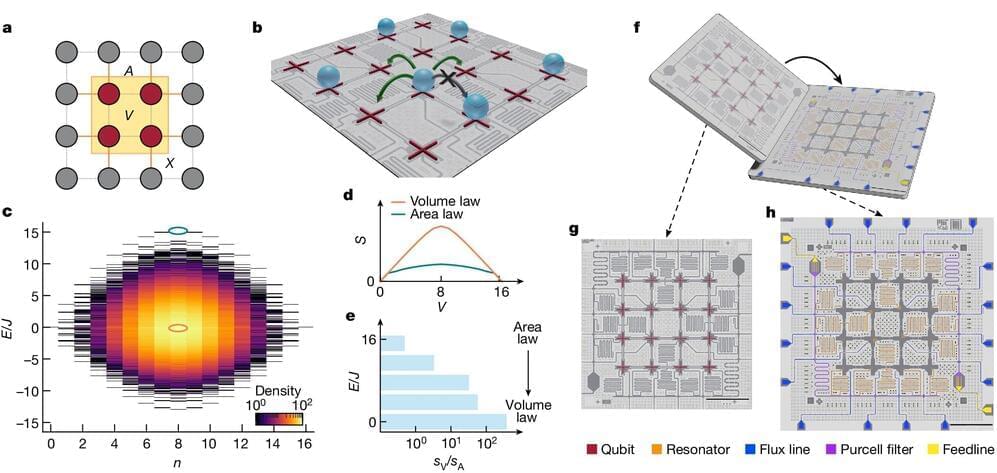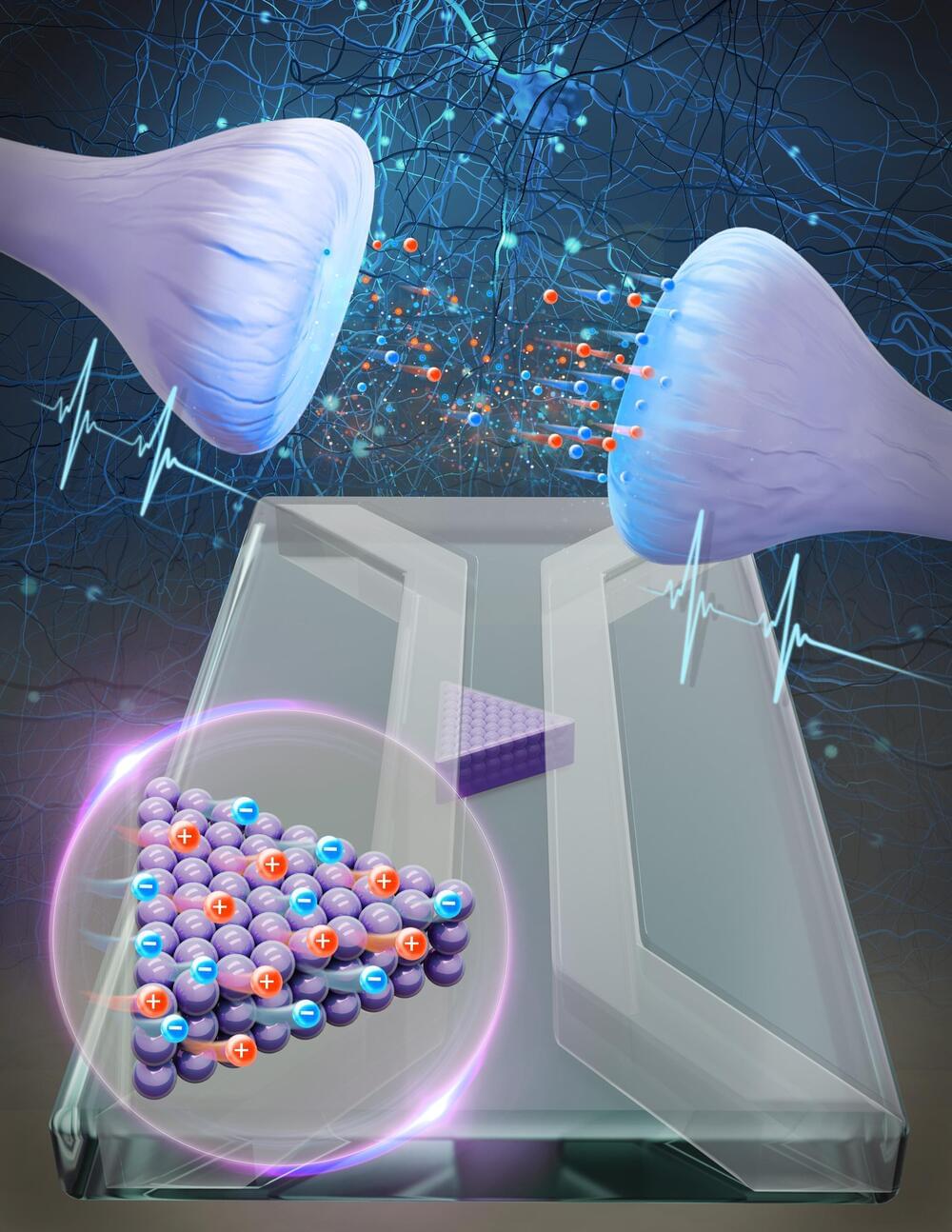The iconic Transformers villain comes to life in a self-converting robot that turns into a tank. It’s a killer toy.




Imagine a real spider 3,300 feet across.
The European Space Agency’s Mars Express orbiter has spotted “spiders” on the Red Planet’s southern polar region.
But they’re not the arachnids we fear or adore back on Earth — they’re the result of a complex geological process that causes carbon dioxide to sublimate, digging up darker material from below the surface during the planet’s spring.
And they’re a whole lot larger than the spiders you’re used to, measuring up to 3,300 feet across.




Entanglement is a form of correlation between quantum objects, such as particles at the atomic scale. The laws of classical physics cannot explain this uniquely quantum phenomenon, yet it is one of the properties that explain the macroscopic behavior of quantum systems.
Because entanglement is central to the way quantum systems work, understanding it better could give scientists a deeper sense of how information is stored and processed efficiently in such systems.
Qubits, or quantum bits, are the building blocks of a quantum computer. However, it is extremely difficult to make specific entangled states in many-qubit systems, let alone investigate them. There are also a variety of entangled states, and telling them apart can be challenging.

Theoretical physicists at Utrecht University, together with experimental physicists at Sogang University in South Korea, have succeeded in building an artificial synapse. This synapse works with water and salt and provides the first evidence that a system using the same medium as our brains can process complex information.
The results appear in the journal Proceedings of the National Academy of Sciences.
In the pursuit of enhancing the energy efficiency of conventional computers, scientists have long turned to the human brain for inspiration. They aim to emulate its extraordinary capacity in various ways.

Federal, transportation and union leaders gathered in Las Vegas Monday to drive spikes into a symbolic rail, marking the beginning of construction for a $12 billion high-speed rail line that will link Las Vegas and the Los Angeles area.
“People have been dreaming of high-speed rail in America for decades,” Transportation Secretary Pete Buttigieg said Monday ahead of the groundbreaking ceremony. “It’s really happening this time.”

Sir Roger Penrose proposes that the universe undergoes repeated cycles of expansion, decay, and rebirth, challenging the traditional notion of a singular Big Bang origin.
Renowned physicist Sir Roger Penrose, hailing from the University of Oxford and a co-recipient of the 2020 Nobel Prize in Physics, posits a fascinating theory regarding the universe’s cyclical nature. Contrary to prevailing notions, Penrose suggests that our universe has undergone numerous Big Bang events, with another impending in the future.
Penrose’s Nobel-winning contributions revolve around advancing mathematical frameworks that not only validate but also extend Albert Einstein’s general theory of relativity. Moreover, his investigations into black holes elucidated the phenomenon of gravitational collapse, wherein excessively dense entities converge into singularities, infinitely massive points.